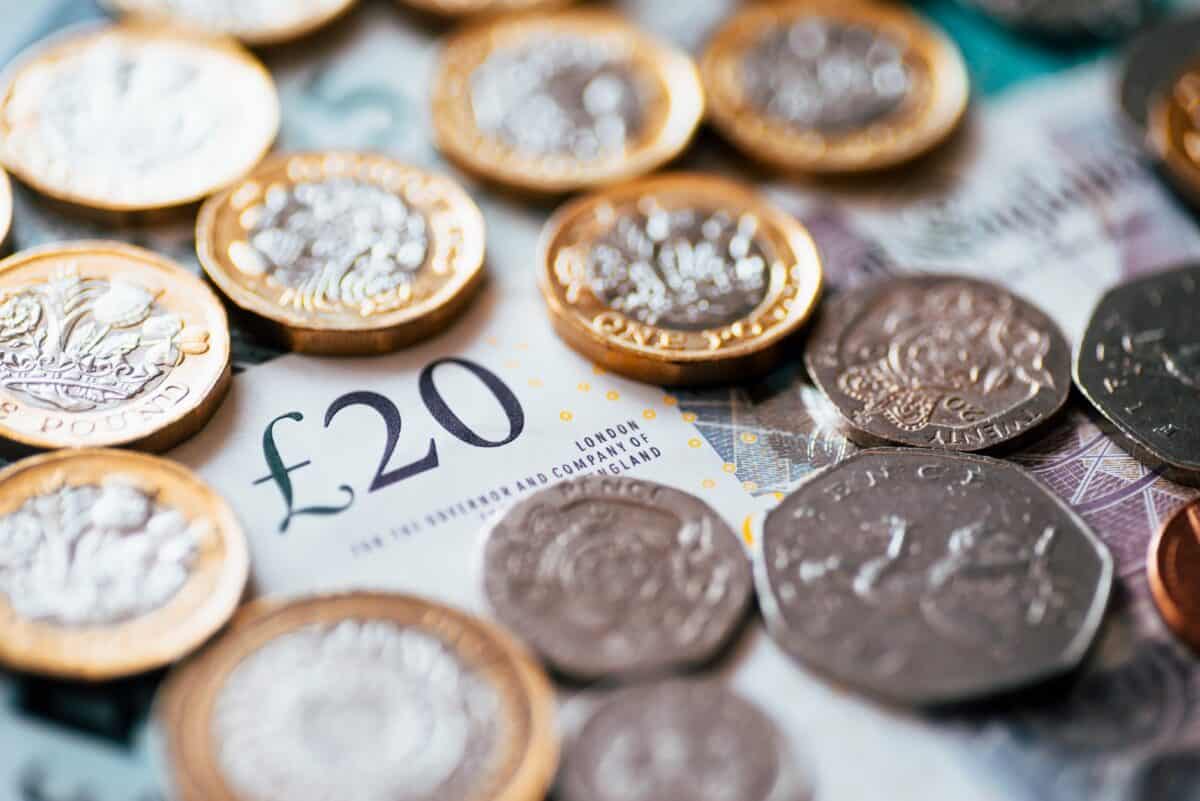I own a few high-yield dividend shares in my portfolio. I like the passive income streams they offer me, but I do not buy them just because they have a high yield. After all, a dividend can be cut, something we have seen happening to a raft of FTSE 100 shares over the past few years.
Rather, I aim to buy shares in what I see as great companies trading at attractive valuations. Only then do I consider the income prospects.
One share I own currently yields 9.5% — and I have no plans to sell!
Should you invest £1,000 in M&G right now?
When investing expert Mark Rogers has a stock tip, it can pay to listen. After all, the flagship Motley Fool Share Advisor newsletter he has run for nearly a decade has provided thousands of paying members with top stock recommendations from the UK and US markets. And right now, Mark thinks there are 6 standout stocks that investors should consider buying. Want to see if M&G made the list?
Lucrative market to operate in
The share in question is M&G (LSE: MNG). To start with, I consider the market in which a company operates. I like it to be one I understand and that I expect to benefit from a large market of potential customers both now and in future. Asset management is huge business and last year saw the UK investment management industry holding around £9trn of assets.
I expect demand to stay high, as millions of people seek to put their spare money to work.
Competitive advantage
But big industries often attract lots of participants. That can push down pricing as firms compete to be the cheapest. So I also look for a company to have something that helps set it apart from rivals. That is what Warren Buffett calls a “moat”.
M&G has a presence in multiple markets internationally and already has a customer base in the millions. It operates under a number of brands that build on its long heritage and market expertise. I see all of these as competitive advantages.
Considering the risks
I do not just look at what seems good about dividend shares when buying them though. I also consider the risks, as that helps inform whether I am a happy buying a share at all and, if so, at what price.
M&G has been undergoing a cost-cutting programme. While I think that could help the bottom line, such programmes can also damage business performance if they are not very carefully thought through.
Another risk I see is that M&G’s international spread means it needs to spend more on growing brand awareness than some rivals that concentrate their efforts on just one or two markets.
Ongoing value at today’s price
Still, on balance, I like the investment case for M&G.
What, then, about its valuation at the current share price? Using metrics like price-to-earnings ratios to value financial services companies is not always helpful, as earnings are an accounting measure that can include factors such as changes in asset valuation.
Instead, for an asset manager like M&G, I tend to look at its ability to generate excess capital (as well as its balance sheet, which I consider for any company).
M&G does well here. It generated almost half a billion pounds of operating capital in the first half alone, equivalent to around a 10th of its market capitalisation.
That looks like strong value to me. I like the share’s dividend yield, edging towards double digits. On top of that, M&G aims to maintain or grow its dividend per share each year. If business performance remains solid, I am optimistic it can do that.








